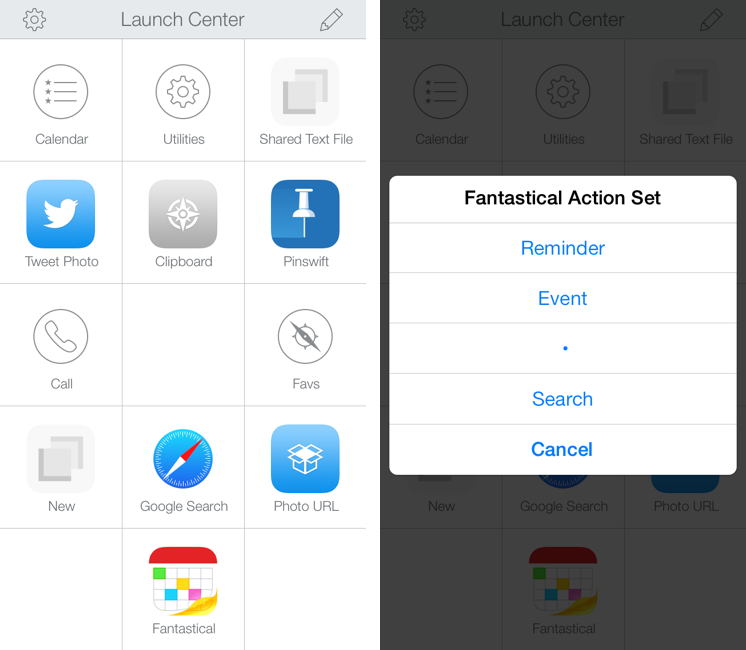Chris Gonzales hits the nail on the head with his “rules for App developers” concerning review prompts in apps (you know, the alerts that ask you to rate an app). All of the previous discussion is linked to in Chris’ piece so you can catch up there. As per Chris’ suggestions, I like this one in particular:
Respect the users’ wishes. If a customer chooses to opt out of leaving a review, your app had better not continue prompting them about it afterward. I can live with a one-time popup, but there are some apps that ignore opt-out requests and that is definitely not okay with me. It might even be a good idea to respect opt-outs across app updates, if possible. If I didn’t want to review your app two updates ago, I’m no more likely to do so today.
I personally don’t care for review prompts because they’re intrusive. They get in the way and I feel like a jerk every time I have to tap some variation of, “No thanks.”
An app that does it better is Twitch.tv’s iOS app, which instead of showing alerts, has a little translucent bar at the bottom of the screen that asks you to review the app if you like it. It doesn’t get in the way of what’s on the screen or make me stop what I’m doing, and it doesn’t pop-up very often. I think Twitch can use it for other things as well, such as making users aware of new features. The other nice thing about their version of a notification bar is that it can port nicely to other platforms, keeping that experience consistent across mobile devices.



